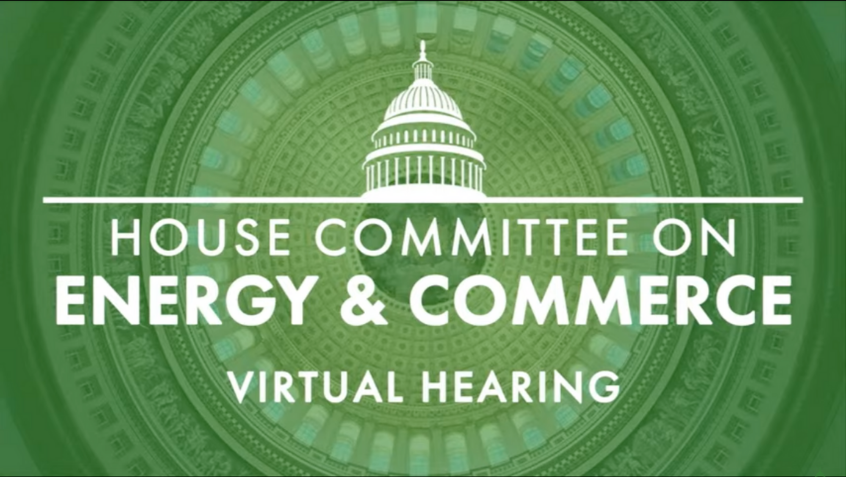
MedPAC Reiterates Position that MA Plans Cost More, Responds to Criticism
The longstanding position of the Medicare Payment Advisory Commission (MedPAC) is that Medicare spends more overall for enrollees in Medicare
Join Us Live for a Discussion on Medicare, Democracy, and the Future of Health Care
Medicare Watch articles are featured in Medicare Rights’ weekly newsletter, which helps readers stay updated on Medicare policy and advocacy developments and learn about changes in Medicare benefits and rules. Subscribe now by visiting www.medicarerights.org/newsletters.

The longstanding position of the Medicare Payment Advisory Commission (MedPAC) is that Medicare spends more overall for enrollees in Medicare

This week, Medicare Rights Center President Fred Riccardi testified at a hearing of the House Committee on Energy & Commerce,

The United States spends more for health care per capita than other high-income countries and does not have better outcomes

The Biden administration recently took two important steps to preserve health care coverage for millions of Americans. First, the Department

This week, Medicare Rights joined over 20 nonprofit and advocacy organizations in the launch of a new coalition, Stop the

This week, the Legal Action Center released a report identifying gaps in Medicare’s coverage of common and recommended treatments for substance use disorders compared to private insurance and Medicaid.

Historically, Medicare has done significant work in reducing racial and ethnic disparities in health status and access to health care, including driving the desegregation of America’s hospital systems in the 1960s. However, as a new report from the Kaiser Family Foundation demonstrates, that work remains incomplete. Not only do racial and ethnic disparities persist, the COVID-19 pandemic has exacerbated them.

Last week, Medicare Rights sent a sign-on letter from 50 state and national organizations to the U.S. Department of Health

A new research paper demonstrates that cost-sharing in Medicare’s prescription drug program causes people to avoid care, to the detriment

The Biden administration has taken a number of steps to respond to the COVID-19 public health emergency, including outlining a national

The longstanding position of the Medicare Payment Advisory Commission (MedPAC) is that Medicare spends more overall for enrollees in Medicare

This week, Medicare Rights Center President Fred Riccardi testified at a hearing of the House Committee on Energy & Commerce,

The United States spends more for health care per capita than other high-income countries and does not have better outcomes

The Biden administration recently took two important steps to preserve health care coverage for millions of Americans. First, the Department

This week, Medicare Rights joined over 20 nonprofit and advocacy organizations in the launch of a new coalition, Stop the

This week, the Legal Action Center released a report identifying gaps in Medicare’s coverage of common and recommended treatments for substance use disorders compared to private insurance and Medicaid.

Historically, Medicare has done significant work in reducing racial and ethnic disparities in health status and access to health care, including driving the desegregation of America’s hospital systems in the 1960s. However, as a new report from the Kaiser Family Foundation demonstrates, that work remains incomplete. Not only do racial and ethnic disparities persist, the COVID-19 pandemic has exacerbated them.

Last week, Medicare Rights sent a sign-on letter from 50 state and national organizations to the U.S. Department of Health

A new research paper demonstrates that cost-sharing in Medicare’s prescription drug program causes people to avoid care, to the detriment

The Biden administration has taken a number of steps to respond to the COVID-19 public health emergency, including outlining a national